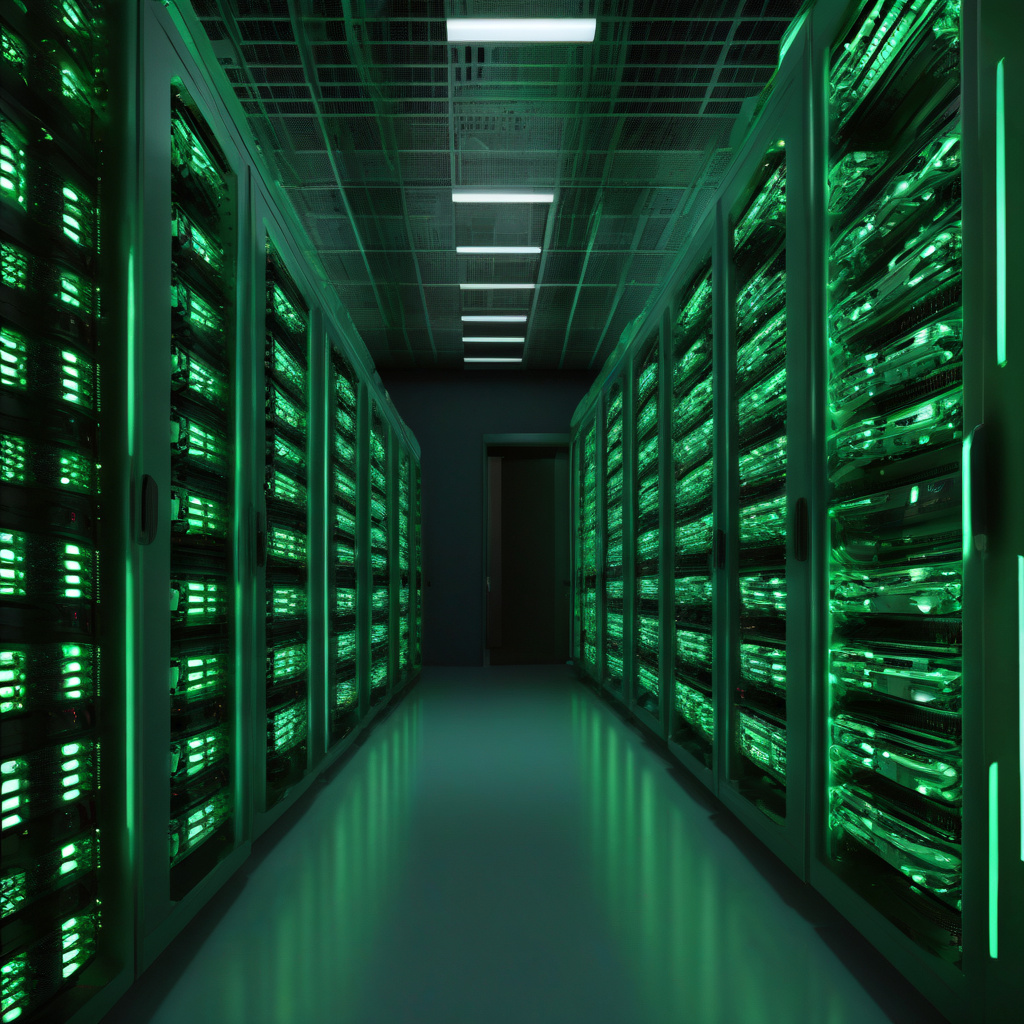Undead Operating Systems Haunt Enterprise Security Networks
In the ever-evolving landscape of cybersecurity, the looming end-of-life date for Windows 10 on October 14th is sending ripples of concern through enterprise security networks. As this popular operating system reaches its sunset, a significant challenge emerges: the rise of vulnerable systems within corporate environments. With the end of official support and security updates, enterprises face the grim reality of triple the number of susceptible systems, creating a massive attack surface for cybercriminals to exploit.
The implications of this impending scenario are profound. Outdated operating systems become easy targets for cyber threats, ranging from ransomware attacks to data breaches. Without the shield of regular security patches, organizations are left exposed to vulnerabilities that can lead to severe financial and reputational damage. Moreover, the interconnected nature of modern IT infrastructures means that a single compromised system can have far-reaching consequences, infecting an entire network like a digital contagion.
In this context, the importance of proactive cybersecurity measures cannot be overstated. Enterprises must take swift action to mitigate the risks associated with outdated operating systems. This includes upgrading to supported versions, implementing robust security protocols, and fostering a culture of vigilance among employees. By staying ahead of the curve, organizations can fortify their defenses against the looming specter of cyber threats.
Furthermore, the end-of-life event for Windows 10 underscores the broader issue of software lifecycle management. Operating systems, like all software, have a finite lifespan, and neglecting to plan for their eventual obsolescence can have dire consequences. By incorporating software lifecycle management practices into their IT strategies, organizations can ensure that they are prepared for the inevitable transitions that occur in the technology landscape.
As IT and development professionals, it is crucial to stay informed about the lifecycle of the software that underpins our digital infrastructure. By understanding the implications of end-of-life events like the one facing Windows 10, we can take proactive steps to safeguard our systems and data from potential threats. In the face of the undead operating systems that haunt enterprise security networks, knowledge and preparedness are our most potent weapons. Let us rise to the challenge and secure the digital realms we inhabit.

